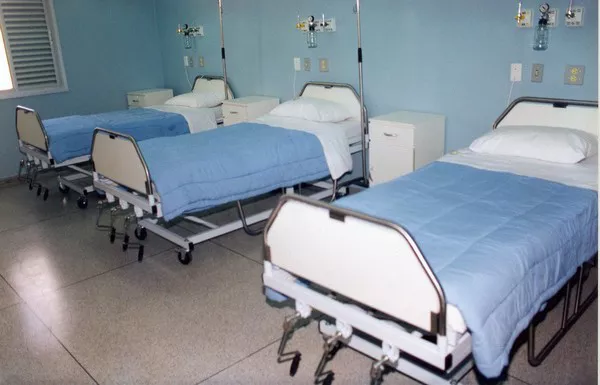FAQs
What is the difference between right and left side stroke?
A right-sided stroke affects the left side of the brain, potentially leading to left-side paralysis, speech and language issues, and memory problems. Conversely, a left-sided stroke impacts the right side of the brain, causing right-side paralysis, visual spatial impairment, and difficulty with problem-solving and decision-making.
Which side of the body is most affected by a stroke?
The side of the body affected by a stroke depends on which hemisphere of the brain is damaged. Typically, if the stroke occurs in the left hemisphere of the brain, the right side of the body is affected, and vice versa. However, the extent of impairment can vary depending on the specific areas of the brain affected by the stroke.
What is right side weakness after a stroke?
Right-sided weakness after a stroke refers to paralysis or significant loss of function on the right side of the body. This weakness occurs when the left hemisphere of the brain, responsible for controlling the right side of the body, is damaged due to a stroke. It can affect mobility, coordination, and fine motor skills.
Related topics:
- What is Bipolar Disorder: Recognizing the Signs
- What Are The Signs That Your Immune System Is Weak?
- What Are Some Natural Anti Inflammatory Foods?


